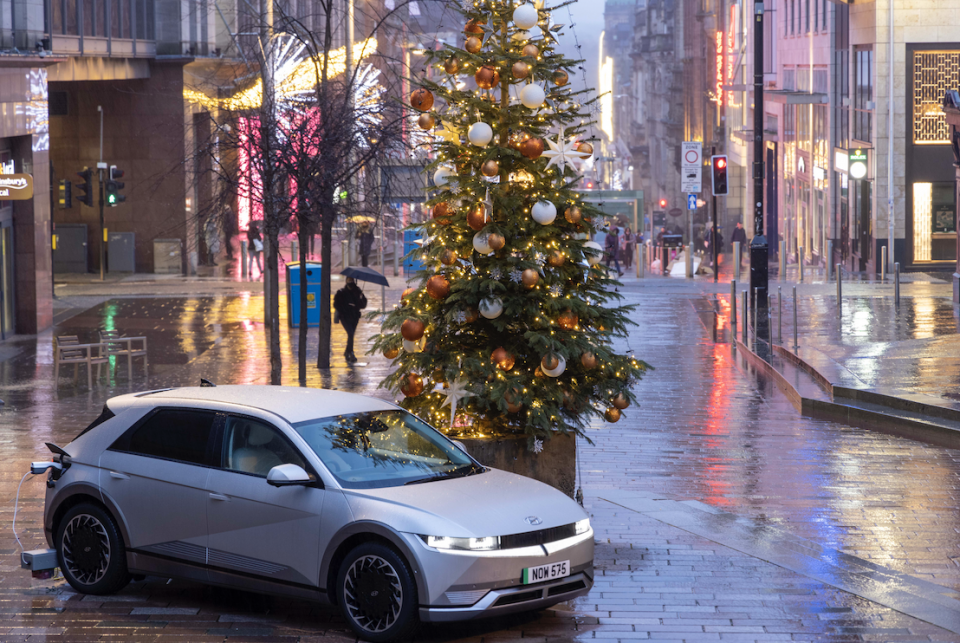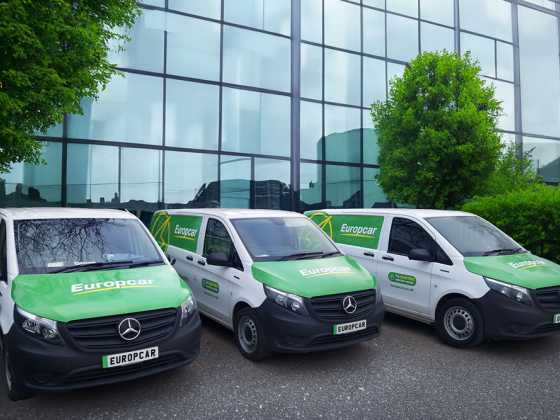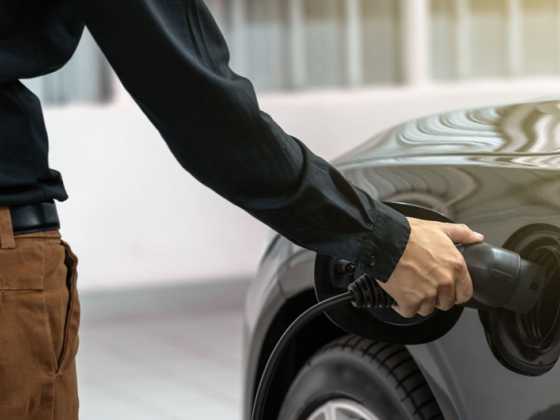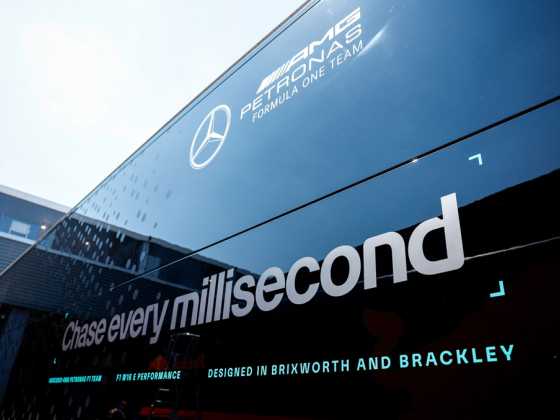Christmas tree in Glasgow features lights that react to pollution

Glasgow city centre has put up a Christmas tree featuring lights that change colour according to the pollution levels in the city.
The tree was installed by EDF in a bid to make motorists more aware of the impact that petrol and diesel cars have on the environment, and features colour-changing lights powered by an electric vehicle (EV) that react to air pollution levels in the city centre.
Developed by the company’s research and development team, the innovative light display has been programmed to reflect live pollution data and change colour from green to white once the World Health Organisation (WHO) annual mean limit (5 μg/m3), which is the target that the WHO has set for the total average pollution levels for the year to stay below, for PM2.5 is exceeded1.
The display comes as consumer research commissioned by EDF reveals over three fifths (63%) of Brits travelling this Christmas will be using a car as their main mode of transport, with only 5% of these driving an EV.
The research found that nine in 10 British adults look set to travel more than 300 miles to celebrate Christmas, with the average motorist travelling 339 miles during December on Christmas related activities. This includes visiting friends and family (96 miles) and shopping for Christmas food and gifts (110 miles), equating to a collective 10.5billion miles nationwide. Additionally, of those travelling in the month of December, 18% will drive to see festive markets and 15% usually go to see the Christmas lights.
Whilst many of us now shop online for presents, nearly two thirds (64%) still choose to shop in store with the average motorist making five shopping trips during the Christmas period. With the main reasons cited for visiting the city centre as preference to buy items in person rather than online (61%), with almost a third (29%) doing so as the decorations help them to get into the festive spirit, with a quarter (26%) doing so as part of their Christmas tradition.
Of those that use a car to travel into their nearest city centre, almost half (46%) do so due to convenience, with four tenths (40%) not wanting to have to worry about carrying shopping home and the speed of it (33%), with a quarter (25%) stating that there are limited public transport alternatives available.
Of those who choose not to drive into their nearest city centres, only a quarter of people (24%) do so due to environmental reasons, with the high cost of parking (45%) the main reason to not use their car, followed by the struggle to find a parking place (39%).



